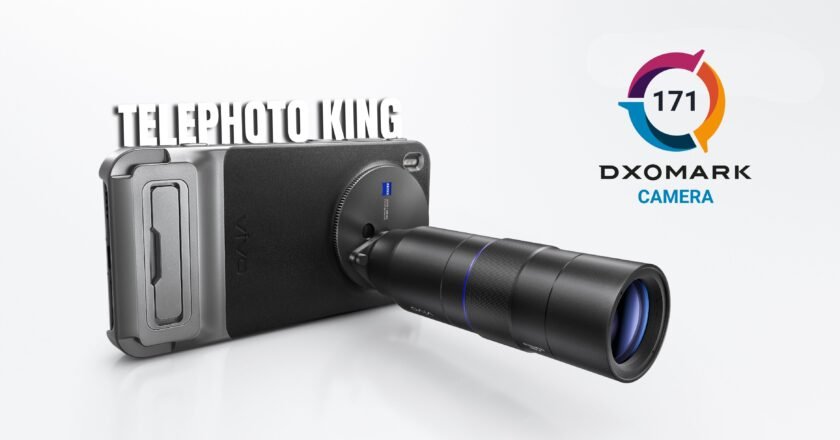Mainstream adoption of artificial intelligence and increased equipment integration also likely, according to Vertiv experts
Columbus, Ohio [December 4, 2021] – Vertiv (NYSE: VRT), a global provider of critical digital infrastructure and continuity solutions, today released its annual list of the key data center trends to watch in 2022, headlined by a dramatic acceleration in actions to address sustainability and navigate the climate crisis. Vertiv experts see long-held conversations around efficiency and utilization in the data center evolving to reflect a more comprehensive and aggressive focus on sustainability. This movement recognizes the urgency of the climate crisis, the relationship between resource availability and rising costs, and shifting political winds around the world.
“As we move into 2022, data center operators and suppliers will actively pursue strategies that can make a real difference in addressing the climate crisis,” said Vertiv CEO Rob Johnson. “For our part, we continue to focus on energy efficiency across our portfolio, as well as alternative and renewable energy technologies and zero-carbon energy sources, to prioritize water-free cooling technologies, and to partner with research leaders and our customers to focus on impactful sustainability efforts.”
The actions data center decision-makers take on these fronts will have a profound impact on the digital economy in 2022 and beyond. The urgency of these challenges is reflected in the 2022 trends identified by Vertiv’s experts. Those trends are:
- Data Centers Tackle Sustainability and the Climate Crisis: The data center industry has taken steps toward more climate-friendly practices in recent years, but operators will join the climate effort more purposefully in 2022. On the operational front, Vertiv experts predict some organizations will embrace sustainable energy strategies that utilize a digital solution that matches energy use with 100% renewable energy and ultimately operates on 24/7 sustainable energy. Such hybrid distributed energy systems can
provide both AC and DC power, which adds options to improve efficiencies and eventually allows data centers to operate carbon-free. Fuel cells, renewable assets, and long-duration energy storage systems, including battery energy storage systems (BESS) and lithium-ion batteries*, all will play a vital role in providing sustainable, resilient, and reliable outcomes. Thermal systems that use zero water are in demand, and we will see refrigerants with high global warming potential (GWP) phased down in favor of low-GWP refrigerants.
More immediately, extreme weather events related to climate change will influence decisions around where and how to build new data centers and telecommunications networks. Other factors, including the reliability and affordability of the grid, regional temperatures, availability of water and renewable and locally generated sustainable energy, and regulations that ration utility power and limit the amount of power afforded to data centers, play a part in the decision-making as well.
These extreme weather events will drive more robust infrastructure systems across the Information and Communications Technology (ICT) space which will need to be carefully aligned with sustainability goals. In 2022, data center and telecom operators will wrestle with these issues – and ever-present latency questions – and will drive a need for solutions that can address all of these challenges.
*Important note on lithium-ion batteries: Vertiv experts expect the lithium battery recycling infrastructure to expand in 2022 and eliminate one of the few remaining barriers to widespread adoption of lithium-ion batteries in the data center.
- Artificial Intelligence Gets Real: As today’s networks get more complex and more distributed and the augmented and virtual reality demands of the metaverse become more prominent, the need for real-time computing and decision-making becomes more critical. This real-time need is sensitive to latencies, and under the increasingly common hybrid model of enterprise, public and private clouds, colocation, and edge, full-time manual management is impractical, if not impossible. Artificial Intelligence (AI) and machine learning will be critical to optimizing the performance of these networks.
It will take focus and time to collect the right data, build the right models, and train the network platform to make the right decisions. However, the programming tools have become simplified enough that data scientists are able to point computing resources at a problem without having to be experts in programming or hardware. The availability of AI hardware from established vendors, cloud options for the same, a simplified toolchain, and an educational focus on data science has put AI in play for even smaller companies. It all adds up to accelerated AI adoption in 2022.
As with every technological advance, there are ripple effects. The increase in AI will unavoidably increase computing and heat densities and, by extension, accelerate the adoption of liquid cooling. Among other challenges: lowering the barrier to entry places a premium on choosing the right vendors, platforms, and systems to trust.
- The Post-Pandemic Data Center Takes Shape: Some 2.9 gigawatts worth of new data center construction is under way globally – up from 1.6 gigawatts in 2020 (Cushman & Wakefield). Those data centers will be the first built specifically to meet the needs of a post-COVID world. More activity will be focused at the edge, where VMware projects a dramatic shift in workload distribution – from 5% currently to 30% over the next five years. Availability will remain the top priority, even at the edge, but lower latency is a rising need to support healthy buildings, smart cities, distributed energy resources, and 5G. 2022 will see increased investment in the edge to support this new normal (remote work, increased reliance on ecommerce and telehealth, video streaming) and the continuing rollout of 5G.
- Drive Toward Integration: Various data center equipment providers have been embracing integrated systems that allow for modular capacity additions for years, with integrated racks and rows among today’s most popular data center offerings. In 2022, we’ll see the next step in integration as data centers work with providers to better integrate larger systems – all components of the power infrastructure, for example – and deliver seamless interoperability.
The benefits of integration as a concept are well known – reduced construction and deployment costs, flexible capacity management – and applying the same approach across larger systems delivers speed. Rack-based power solutions are early accelerators of integration momentum.
“Across the region, increased digitization and 5G adoption have proved to be impactful to the data center industry. We are working with our customers, government agencies and industry bodies to develop, deploy and operate more sustainable, efficient, and intelligent solutions from the cloud to the edge. Each of the trends identified are playing out in Asia as well and as we move towards 2022 and beyond, Vertiv remains committed to driving industry leading innovation for a sustainable future” said Anand Sanghi, president, ASI (Australia and New Zealand, Southeast Asia, India, South Korea and Japan), for Vertiv.
For more information on 2022 industry trends and the complete Vertiv portfolio of solutions for data center and communication networks, visit Vertiv.com.

The Broll who always got your back online!





